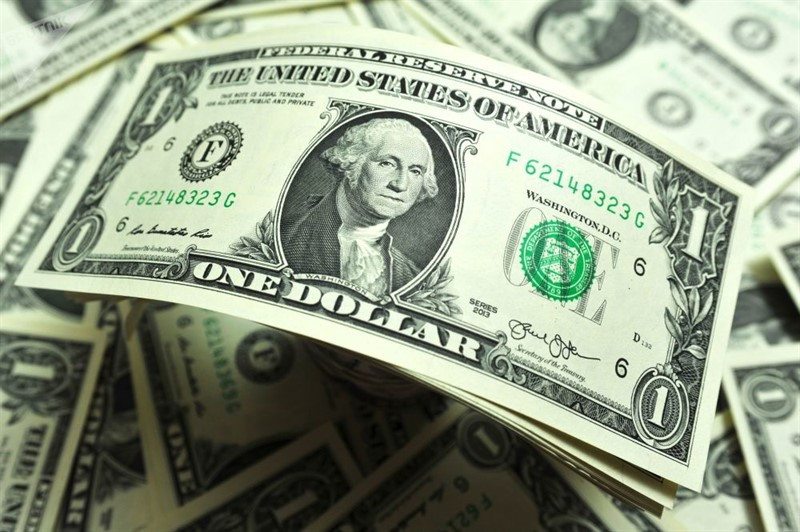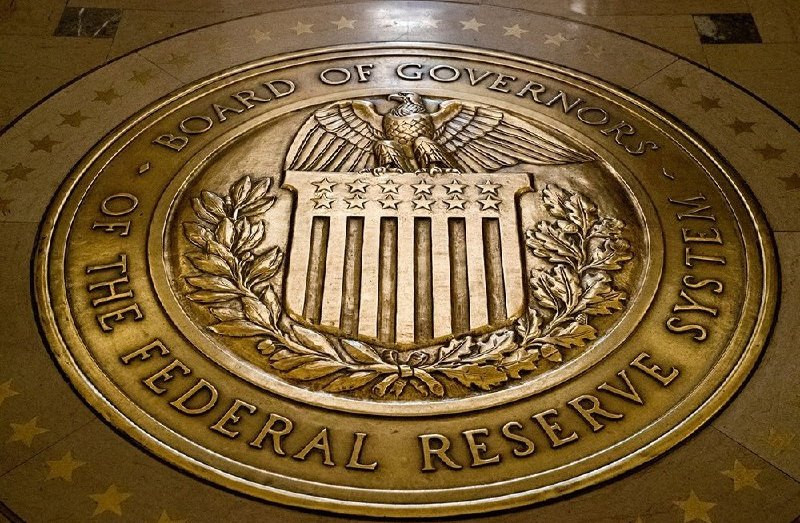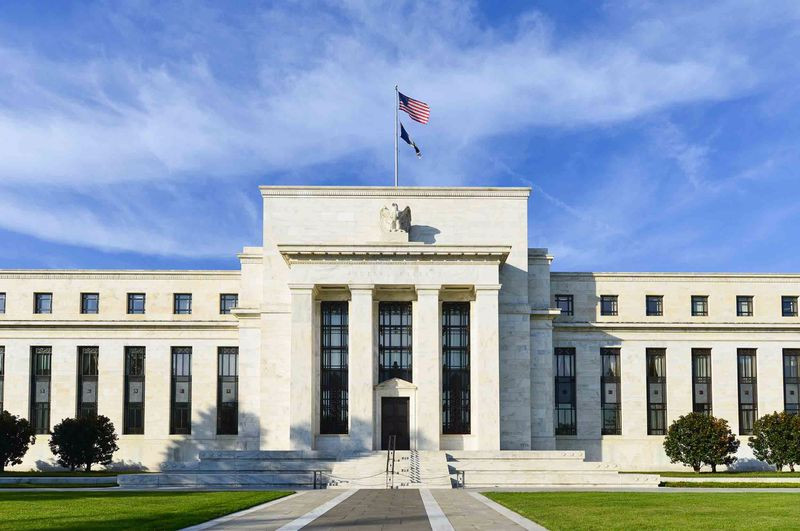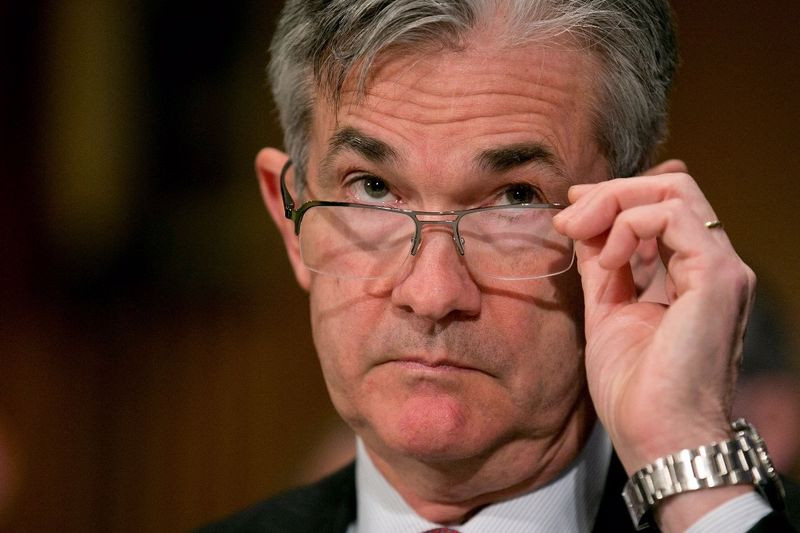
The 1.0000 mark still attracts the EUR/USD pair like a magnet, which then goes below this important watershed, then rises above it again.
Apparently, the main currency pair lacks momentum, Commerzbank strategists say. They believe that EUR/USD will trade in a sideways range near parity in anticipation of the Fed's monetary policy meeting, which starts today and ends tomorrow.
"Investors in EUR/USD will have to be patient for some time, as the decision of the US central bank will be announced on Wednesday," Commerzbank analysts noted.
"Since only the second-level data is due out on Tuesday, the main currency pair is likely to trade in a sideways range near the parity level until the Fed meeting," they added.
Having reached the highest values for the week near 1.0050 at the beginning of the day, the EUR/USD pair then turned around and retreated to the area below parity.
A drop below Friday's low at 0.9945 will send the bears to a two-decade "bottom" at 0.9865, followed by a round level of 0.9800.
Alternatively, a break above 1.0050 will allow the bulls to target 1.0110 (the three-week peak of September 9), and then 1.0198 (the monthly high of September 12).
In the absence of significant macroeconomic releases, the main driving force for the EUR/USD pair on Tuesday is the weak investor sentiment regarding risk.
Key Wall Street indicators were trading in the red zone on Tuesday, losing about 1.5% on average.
Cautious market sentiment helps the dollar to hold positions against its main competitors.
The greenback remains stable before the Fed's next meeting.

It seems that the Fed has no reason to soften the hawkish position shown at the recent symposium in Jackson Hole, and raising the rate by 75 bps should keep the greenback near the highs of the year, ING analysts believe.
"Tightening monetary policy around the world will increase the headwind for risky assets – after all, central bankers are deliberately trying to slow down aggregate demand. This should again play into the hands of the dollar, which does not belong to cyclical currencies," they said.
The USD index should remain in the range of 109.50-110.00, ING predicts.
For the Fed, a strong dollar is an aid in the fight against inflation.
So far, the situation on this front is not developing in the best way.
Based on the indicator preferred by the Fed, the rate of price growth is three times higher than the target level of the central bank, which is 2%.
Inflation has barely reacted to the Fed's fastest rate hike in about 30 years.
Fed officials are now faced with a dilemma: raise rates to even higher levels than currently expected, or hope that the rate hikes already implemented will be enough.
Some analysts believe that while the Fed may be inclined to be patient. They refer to statements by representatives of the Fed that at some point the central bank will slow down the pace of increases in order to assess the reaction of the economy to a sharp increase in the cost of borrowing.
The situation in the $20 trillion economy cannot change in the blink of an eye, BNP Paribas believes. Despite the stability of inflation, the increase in rates leads to a tightening of financial conditions for homeowners, businesses and investors, the bank's strategists said.
According to them, it will take some time before the effects of the rate hike are fully manifested, but the Fed's monetary policy is still moving towards a restraining one.

The question for Fed officials is how restrictive rates should be in order to control inflation, and how they will know they have reached this point, given that the effects of a rate hike may not be felt for several months.
Forecasts published by the central bank three months ago outlined a mostly favorable scenario: it was expected that inflation according to the Fed's preferred indicator would fall to about 2.6%. Meanwhile, the unemployment rate was forecast at 3.9% in 2023, while gross domestic product growth was expected at 1.7%, which is close to what the central bank considers a long-term trend.
However, the lack of progress in the fight against inflation forced Fed Chairman Jerome Powell last month to admit that taking prices under control would mean a sustained period of below-trend growth in the US economy and a softening of the national labor market.
At the same time, he warned that the clock is ticking towards the day when price and wage growth will take root, public confidence in the Fed will weaken, and the central bank will be forced to resort to shock therapy designed to provoke a sharp economic downturn.
According to a number of experts, the "pain" in the United States, which Powell pointed out last month, may prove necessary to rid the American economy of its biggest problem.
They compare the Fed's actions with the work of park rangers, and it seems that the central bank is ready to burn more trees than originally planned in order to improve the forest park area.
Most market participants believe that the US central bank will raise the key interest rate by 75 basis points for the third consecutive time on Wednesday. At the same time, some investors expect it to increase by a whole percentage point.

"We think that the Fed will raise rates by 75 bps on Wednesday, while the head of the central bank, J. Powell is likely to point out the need for their further rise, since inflation in the United States remains high," UniCredit reported.
"Some Fed officials have recently expressed concern about a possible excessive rate hike. Raising rates by 0.75 bps still gives the central bank the opportunity to significantly tighten policy without too large-scale steps that in the future may make it difficult to slow down or stop the increase in borrowing costs," Deutsche Bank analysts said.
"An unexpectedly sharp rise of 100 bps is one way to send a strong hawkish signal to the markets, but we believe that most Fed officials will consider that the risks of such a move outweigh the benefits," Citigroup strategists said.
KPMG analysts believe that the issue of raising the rate by a full percentage point should be brought up for discussion, since confidence in the Fed is at stake. But they warned that this will not remain without consequences.
"Despite the fact that we are in favor of an even greater increase in the rate by the central bank, the real problem is that a rapid increase in the rate itself destabilizes the situation," KPMG said.
Nomura economists consider the Fed's increase in the key rate by 100 bps to be the most likely outcome.
"Markets underestimate how entrenched inflation is in the US and the scale of the response that the Fed is likely to require to tame it," they said.
The central bank's decision on the rate will be accompanied by a new set of forecasts for inflation, economic growth and the future trajectory of the interest rate.
It is also important that Powell will speak at a press conference.
The further direction of movement of the EUR/USD pair will depend on the signals that the central bank will give.
There are possible options here.
1. The Fed will raise the key rate by 75 bps, and the dot chart will show that the interest rate will peak in the range of 4.5-5% next year. Such a scenario has already been largely taken into account in the quotes, and the greenback may weaken amid the implementation of the "buy on rumors, sell on facts" strategy. In this case, the EUR/USD pair will get a chance for short-term growth.
2. The US central bank will raise the base rate by 0.5% and indicate the final rate level below 4.5%. This will be a dovish surprise, which will cause a dollar sell-off and lend a helping hand to the euro bulls.
3. The central bank will raise the cost of borrowing by 100 bps, and the dot chart will reflect the final rate at a level above 5% in 2023. This will be a hawkish outcome, which will cause a dollar rally and put pressure on the EUR/USD pair.

Powell's comments are also crucial. Of particular interest is the opinion of the head of the Fed on the likelihood of a recession and whether the central bank is ready to survive it.
Recognition of Powell's risk of recession, and especially their acceptance, will strengthen the dollar and weaken EUR/USD. This would show that the central bank intends to continue its crusade against inflation and raise rates even in the face of economic difficulties.
If the chairman of the Fed expresses concerns about the growth of unemployment, it will indicate a cautious increase in the key rate at the remaining FOMC meetings this year, which will put pressure on the greenback and serve as a tailwind for EUR/USD.
However, any weakness of the greenback may be fleeting. In the current market conditions, investors are unlikely to be able to find a better alternative than the dollar, especially given the continuing policy divergence between the Fed and other major central banks. Higher interest rates in the United States attract traders to the US currency.
Gloomy economic prospects in other parts of the world, including in the eurozone, are also fueling the bullish trend in USD.
"If the greenback is fixed above the high recorded near 111.00 earlier this month, the upward movement will continue in the direction of 112.60 and 113.00. Protecting the 50-day moving average at 107.60 will be of great importance for maintaining the upward trend," Societe Generale analysts noted.
As for the EUR/USD pair, it apparently decided to linger in the parity area, finding support here on declines.
However, HSBC strategists expect the pair to update this year's lows in the coming weeks.
"Although the EUR/USD parity serves as an anchor for now, we expect that in the coming weeks the pair will reach new lows since the beginning of the year amid a combination of dollar strength and a number of problems facing the eurozone economy (such as recession risks and increased inflation)," they said.
Brown Brothers Harriman economists hold a similar opinion. They believe that the world's most popular currency pair can retest the 0.9865 mark.
"Given the deterioration of fundamentals in the eurozone, we are still waiting for EUR/USD to test the low of the current cycle, marked this month near 0.9865," Brown Brothers Harriman said.
Morgan Stanley analysts predict that the euro will drop to $0.97 this quarter. Nomura analysts expect the single currency to fall to $0.95.
According to experts, to break the downward trend in EUR/USD, a slowdown in the pace of rate hikes in the US and a simultaneous acceleration in the eurozone will be required.
However, Pictet Wealth Management strategists doubt such an outcome. The ECB is powerless against the strengthening of the dollar, they say.
"The ECB's position may become more aggressive, the economic prospects of the eurozone may improve – whatever happens, everything will be compensated by further strengthening of the greenback," Pictet Wealth Management believes.
Thus, the EUR/USD pair risks falling into a vicious circle.
 English
English 
 Русский
Русский Bahasa Indonesia
Bahasa Indonesia Bahasa Malay
Bahasa Malay ไทย
ไทย Español
Español Deutsch
Deutsch Български
Български Français
Français Tiếng Việt
Tiếng Việt 中文
中文 বাংলা
বাংলা हिन्दी
हिन्दी Čeština
Čeština Українська
Українська Română
Română

